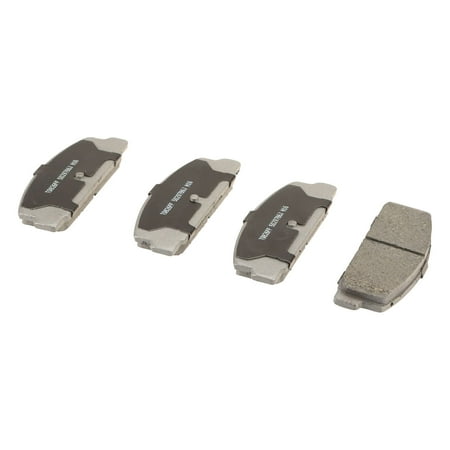New Carburetor For TORO 6.5HP GTS 22IN Recycler Lawnmower Carb Tecumseh Engine 20370
Item SpecificationsCondition: 100% Brand New and High Quality.Replace Part Numbers: 640350, 640303, 640271Compatible Models: TORO RECYCLER MOWERS Model #: 20016, 20017, 20018Fitment: LEV100 LEV105 LEV120 LV195EA LV195XA Engines









Reviews
There are no reviews yet.